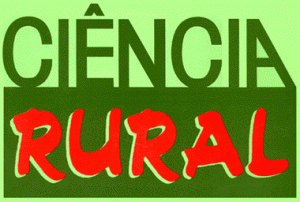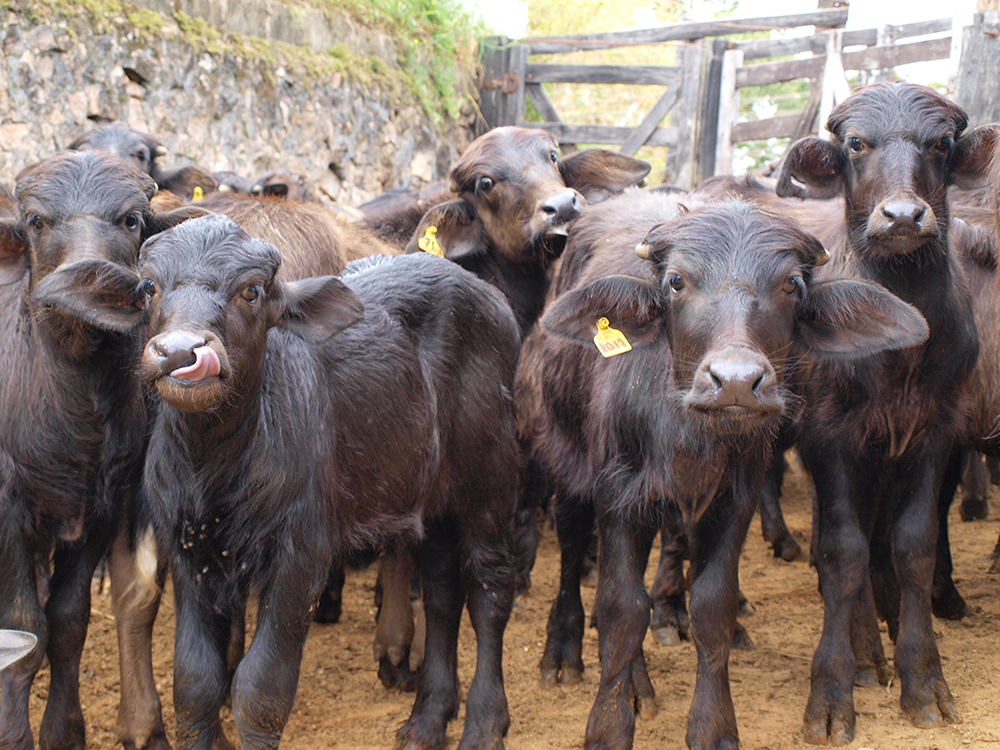By Fernanda Morcatti Coura and Marcos Bryan Heinemann, Professors, Instituto Federal de Minas Gerais (IFMG) – Campus Bambuí, Bambuí, Minas Gerais and Universidade de São Paulo (USP), Departamento de Medicina Veterinária Preventiva e Saúde Animal, São Paulo, Brazil
What are the main virulence factors of Escherichia coli associated with diarrhea in young buffaloes? Interested in answering this question, researchers from the University of São Paulo (USP), the Federal University of Minas Gerais (UFMG) and the Federal Institute of Minas Gerais Bambuí (IFMG Bambuí), in Brazil, have identified phylogenetic groups and their possible relationships with pathogens in strains of Escherichia coli isolated from feces young buffalo. The study was reported in the article “Virulence factors and phylotyping of Escherichia coli isolated from non-diarrheic and diarrheic water buffalo calves,” published in the journal Ciência Rural (v.49, n.5).
In the experiment, the researchers analyzed a total of 217 E. coli samples using fecal culture and polymerase chain reaction (PCR) techniques to detect virulence factors. They identified 134 strains positive for one or more virulence factors, of which 84 strains were isolated from young diarrheal buffalo and 50 from healthy animals.
The ETEC pathotype (enterotoxigenic E. coli) pathogen, very present in young diarrheic cattle within the first week of life, was found only in two isolates, without the STa toxin. For the researchers Fernanda Morcatti Coura and Marcos Bryan Heinemann, this result indicates that other toxins may be present in buffaloes. The high frequency of the STEC, NTEC and EAST-1 toxin suggest that they are strongly related to the diarrhea caused by E.coli.
Figure 1. Feedlot of buffalo calves from one of the properties visited in Minas Gerais, 2013
In practice, the study may provide important information for diarrhea control programs in buffalo, a species that has particular characteristics and forms of breeding. “E. coli is present in the intestinal tract of young animals with and without diarrhea, as in other species, but their frequency varies and is different when compared to cattle. The use of vaccines to control diarrhea in cattle, for example, should be evaluated in the case of buffalo” comments Marcos. Other forms of control, such as good nutrition, and low environmental challenge can be used for both species.
In Brazil, there are few studies with E. coli isolated from the buffalo feces and, also, that identify the phylogroups, according to Mark. For this reason, the researchers based their studies on buffaloes in other countries, such as Borriello, et al. (2013), Galiero, et al. (2013) and Beraldo, et al. (2014).
References
BERALDO, L.G., et al. Detection of Shiga toxigenic (STEC) and enteropathogenic (EPEC) Escherichia coli in dairy buffalo. Veterinary Microbiology [online]. 2014, vol. 170, no. 1/2, pp. 162-166. [viewed 16 July 2019]. DOI: 10.1016/j.vetmic.2014.01.023. Available from: https://www.ncbi.nlm.nih.gov/pubmed/24560591
BORRIELLO, G., et al. Characterization of enterotoxigenic E. coli (ETEC), Shiga-toxin producing E. coli (STEC) and necrotoxigenic E. coli (NTEC) isolated from diarrhoeic Mediterranean water buffalo calves (Bubalus bubalis). Research in Veterinary Science [online]. 2012, vol. 93, no. 1, pp. 18-22, ISSN: 0034-5288 [viewed 16 July 2019]. DOI: 10.1016/j. rvsc.2011.05.009. Available from: https://www.sciencedirect.com/science/article/abs/pii/S0034528811001834
GALIERO, G., et al. Isolation of verocytotoxin-producing Escherichia coli O157 from water buffaloes (Bubalus bubalis) in southern Italy. The Veterinary Record [online]. 2005, vol. 156, no. 12, pp. 382-383, e-ISSN: 2042-7670 [viewed 16 July 2019]. DOI: 10.1136/ vr.156.12.382. Available from: https://veterinaryrecord.bmj.com/content/156/12/382
To read the article, access it
COURA, F.M., et al. Virulence factors and phylotyping of Escherichia coli isolated from non-diarrheic and diarrheic water buffalo calves. Cienc. Rural [online]. 2019, vol. 49, no. 5, e20180998, ISSN: 0103-8478 [viewed 16 July 2019]. DOI: 10.1590/0103-8478cr20180998. Available from: http://ref.scielo.org/w6h3wj
External links
Ciência Rural – CR: <http://www.scielo.br/cr>
Departamento de Medicina Veterinária Preventiva e Saúde Animal <http://vps2.fmvz.usp.br/>
Como citar este post [ISO 690/2010]:



















Recent Comments